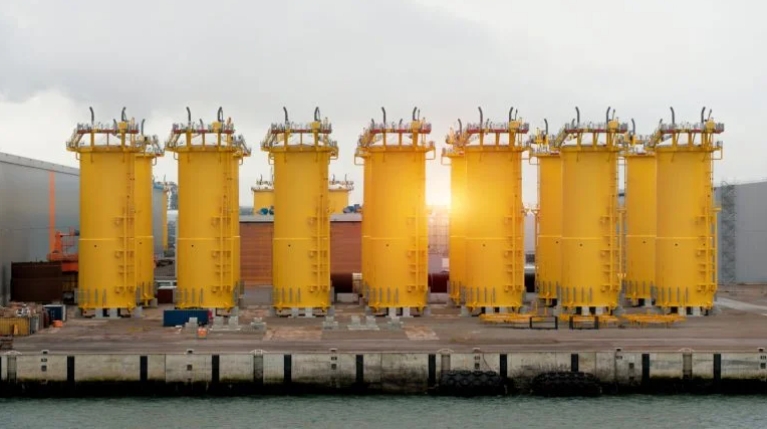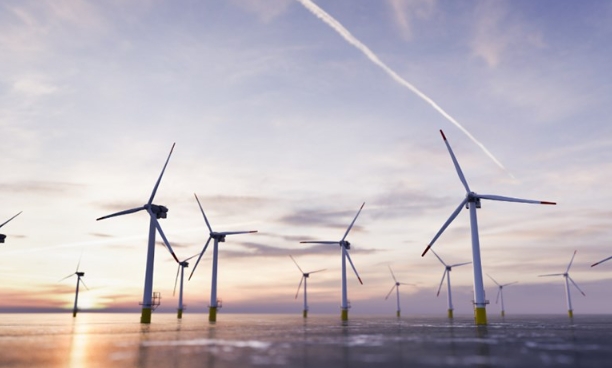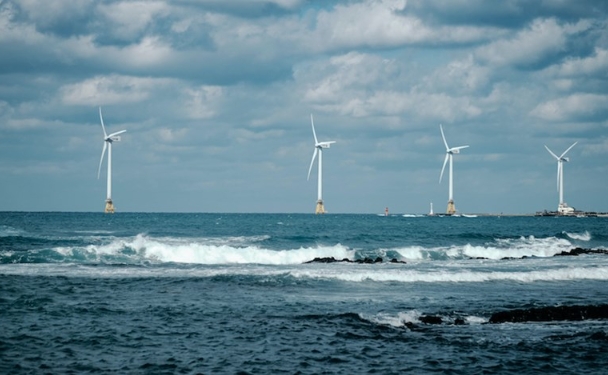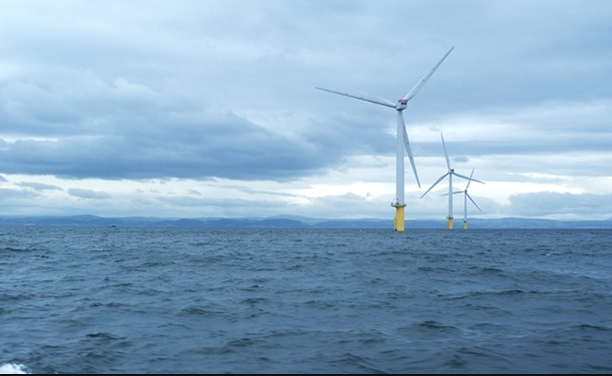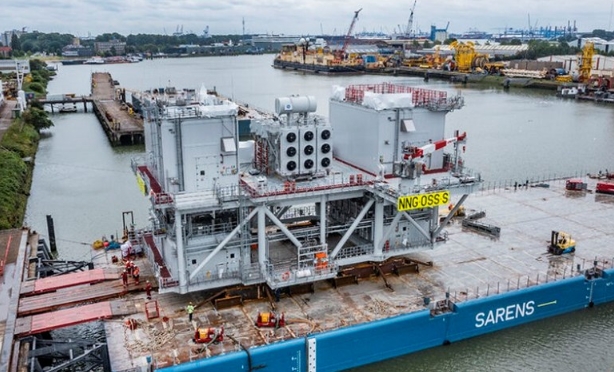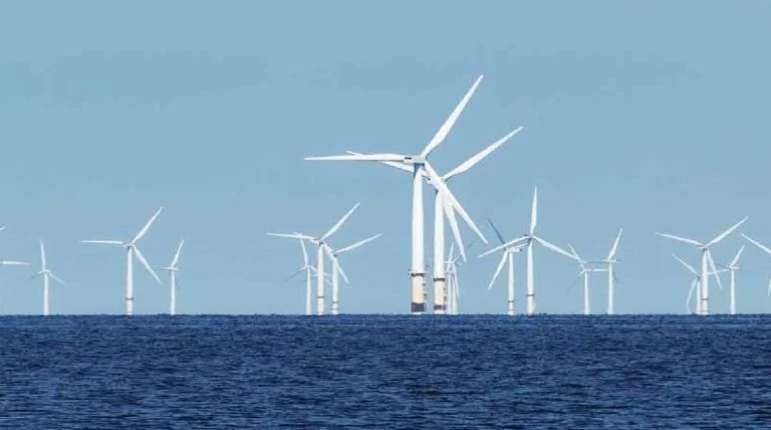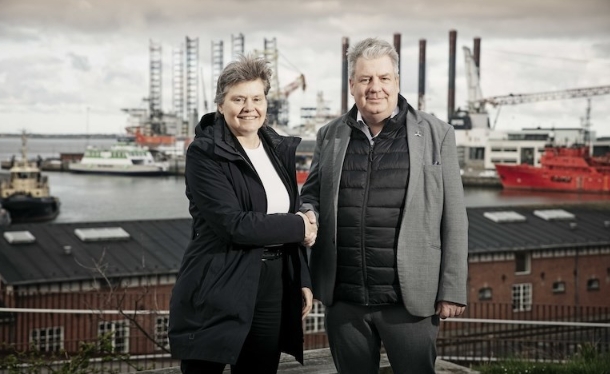The article sees a breakthrough in sight for industrial geothermal energy. With the city of Espoo, just outside of Helsinki already having taken a major step towards geothermal with a well drilled to a depth of 1,300 meters (1.3 km). The connected plant was fully commissioned in January 2020.
The plant was developed by Quantitative Heat (QHeat) and essentially is like a groundsource heat pump approach, yet deeper. With that higher temperatures can be achieved and tapped in. Clearly somewhat of a cross-over of shallow to deep geothermal energy utilisation. The system is set up also in a way that it would allow energy storage. The project pumps cold water into the well, with another pipe in the well then pump the hot water back to the surface to be used for heating buildings … and after that being pumped back into the well. With pumping etc, the plant is using electricity, yet also cutting back emissions from replaced coal-fired heating.
With that concept the whole city of Helsinki could be heated with wells of a depth of 300 meters at 20 meter intervals … so a report on the GeoEnergy potential for Helsinki published in the spring of 2019.
With the concept of QHeat, the number of wells required could be significantly reduced as it drills deeper and derives higher temperatures. The well in Koskelko, Espoo can heat up to four apartment buildings alone. Next step is to drill 2,000 meter deep wells that could expand the heat supply available.
But there is another project that likely fits more the traditional “geothermal” concept as we have been reporting on, even though there is nothing “traditional” about this project. The project by St1 in Otaniemi in Espoo has drilled to a depth of 6,400 meters, and that actually – to the best of our knowledge – into granite, so rather challenging circumstances.
The purpose of St1 is to provide heat for the needs of a couple of hundred or even one thousand apartment buildings – even without expensive heat pumps. The technology based on two holes and fractures in the bedrock differs significantly from other geo-thermal projects in Finland and consumes electricity by sketching compared to QHeat’s Koskelo plant.
The Smart Energy Transition project by Aalto University estimates that industrial-scale geothermal heat could become commercialised in about two years, with the Koskelo site by QHeat seen as an example. But this might not be a realistic time line.
Three projects that were proposed are all delayed significantly
St1 has had problems with drilling in Otaniemi, Espoo. According to the latest information, commissioning of the plant will begin in October.
At the Intella construction site in Kolho, Mänttä-Vilppula the drilling went well, but 1,480 meters of new pipe is being installed at the mine because the first pipe was not the right size.
No drilling has started in Nekala, Tampere , as the financial negotiations are still ongoing. High risks are a source of concern for financiers. If the money is raised, the new plan is to drill first 2 to 3 kilometers before considering a further 6 to 7 kilometers. The Tampere Electric Power Plant’s prediction and great hope now is that drilling would be possible in the summer or at least this year.
More than seven kilometers of a mine in Hiedanranta have also been reported in Tampere . But it will only come back if the Nekala geothermal plant ever materializes.
Despite the challenges, the success at Koskelo will help the other projects as it is a positive signal.
All Finnish geothermal projects are backed by public money, a solid company and/ or a wealthy person.
Half of the construction of the Koskelo Geothermal Power Plant in Espoo was paid for by the owner of the property, NREP Oy, and the rest was paid with subsidies. NREP is a large Nordic real estate investor and developer. It believes it will get a good return on its investment with this model.
An important question is when kilometers of class wells are drilled on commercial terms without subsidies.
Chief Technology Officer Rami Niemi believes that QHeat’s geothermal power will soon be a competitive alternative to large buildings that require a lot of heat and cooling. Two or three wells are still needed.
The solution is now in the hands of financiers and private investors, recalls QHeat CEO Miska Eriksson. According to him, finding companies like NREP in Finland is difficult – even more difficult than getting public subsidies.
The answer might be NREP. According to Investment Director Jani Nokkanen, the company has several major projects in the Helsinki metropolitan area for which it would like QHeat’s geothermal power. Nokkanen believes that technology is in fact already a competitive alternative to large properties that cannot accommodate geothermal heat.
There is one big reason to hope for a geo-thermal breakthrough: climate change. One step in mitigating climate change is to stop burning coal. Espoo plans to cut off coal in 2025 and the nationwide coal ban will come into force in 2029.
If no better substitute is found for existing coal plants, wood will be burned. It can be a bad thing in terms of climate and biodiversity.
The technical characteristics of the various geothermal power plant projects are listed in the table below. The figures are scale targets and the truth behind them will only become clear as long as your plant receives long-term Operational Experience.
How effective this is will have to be seen as the below looks at complete heat utilisation throughout the whole year.
